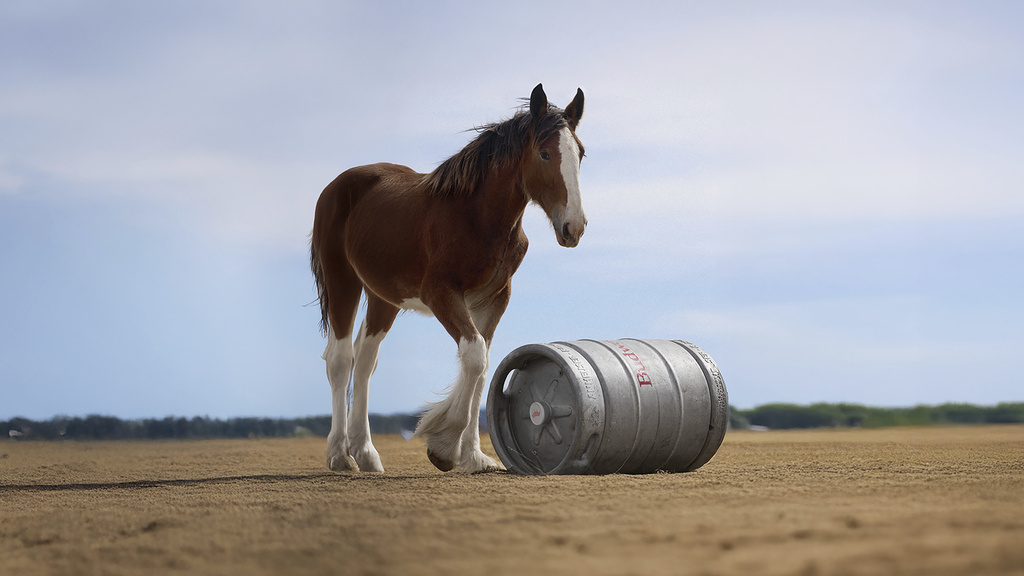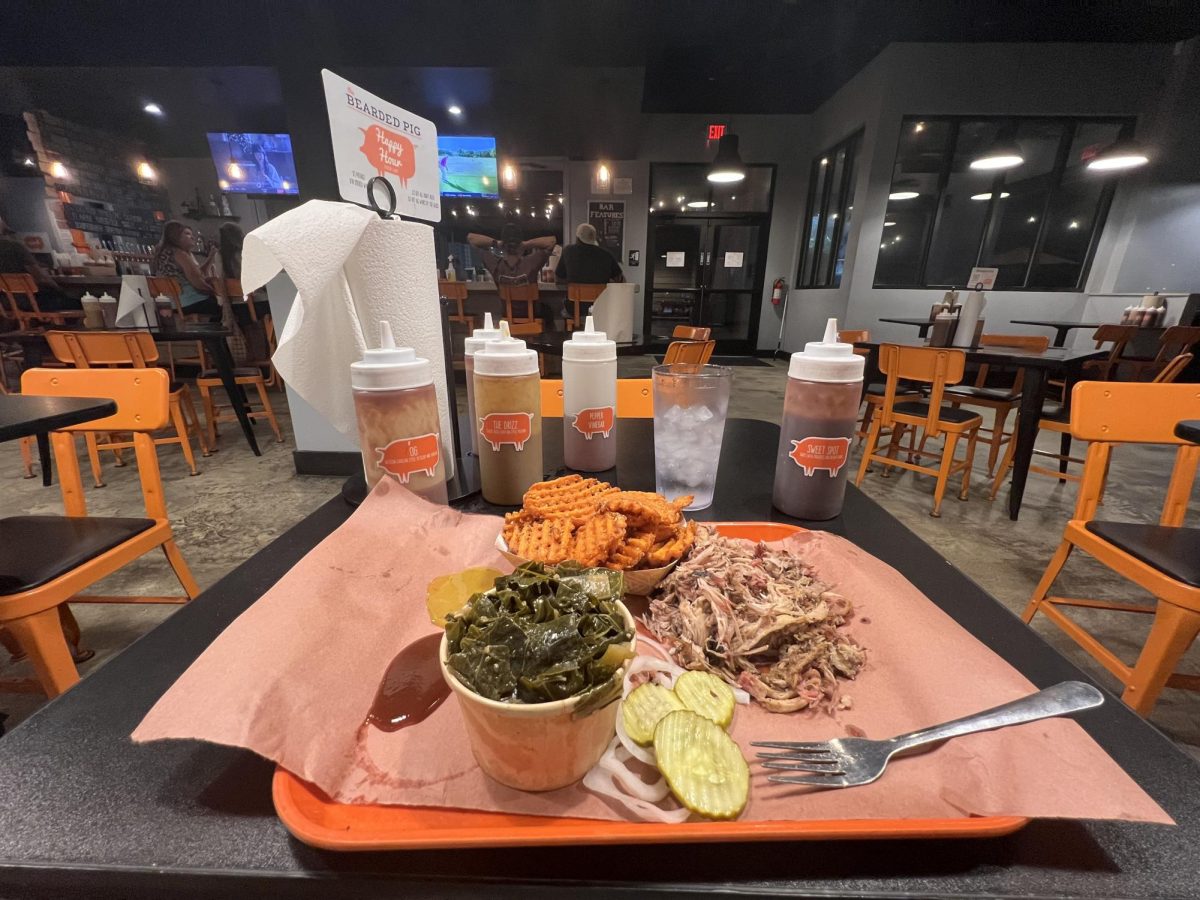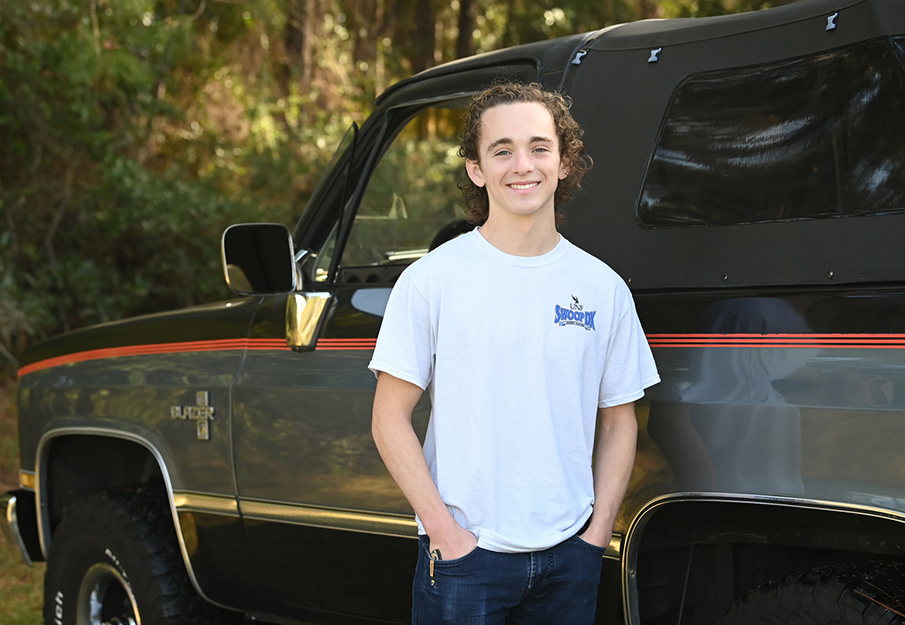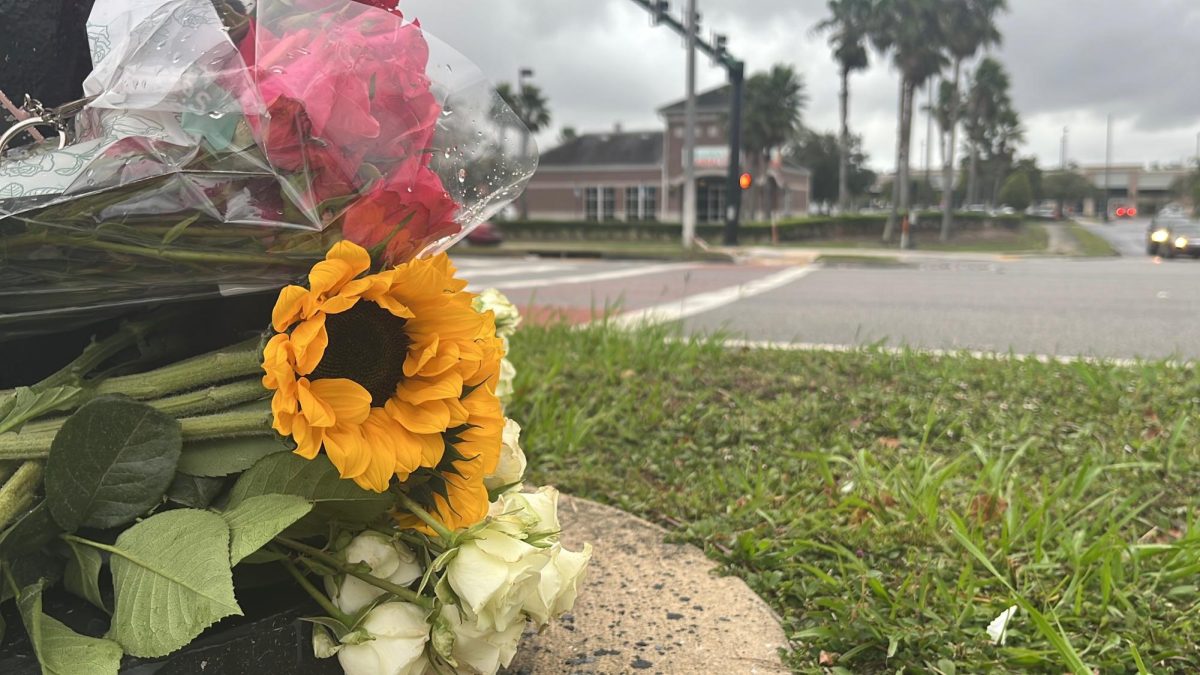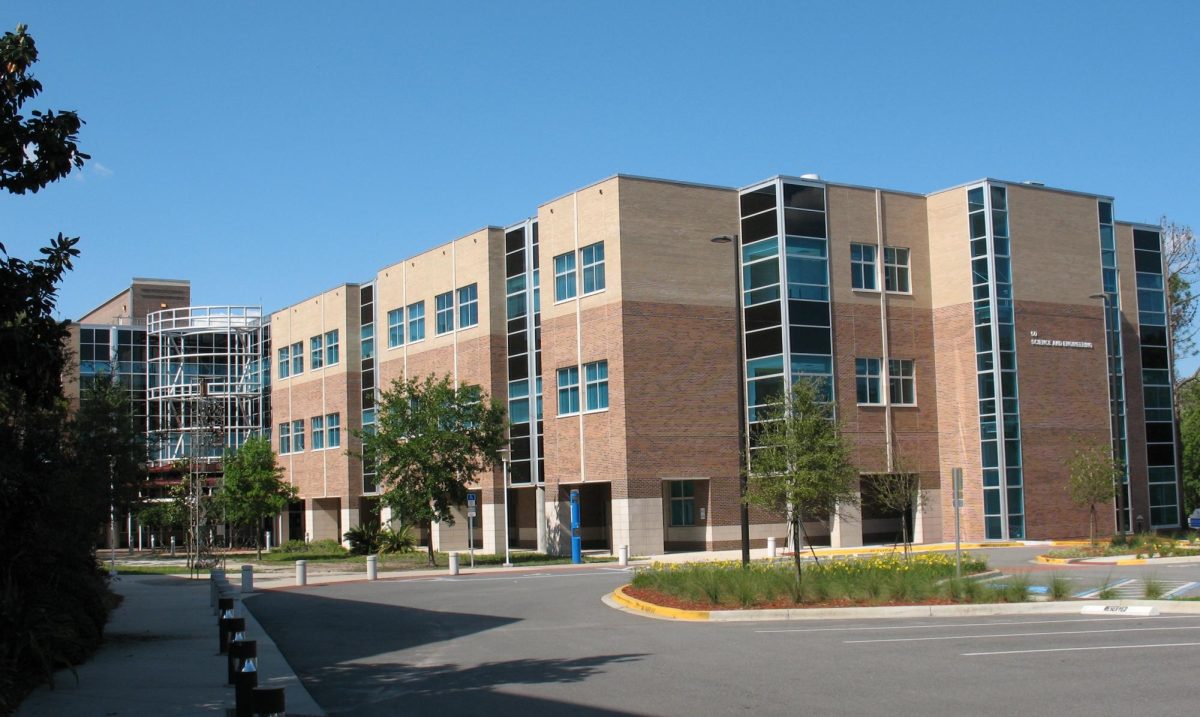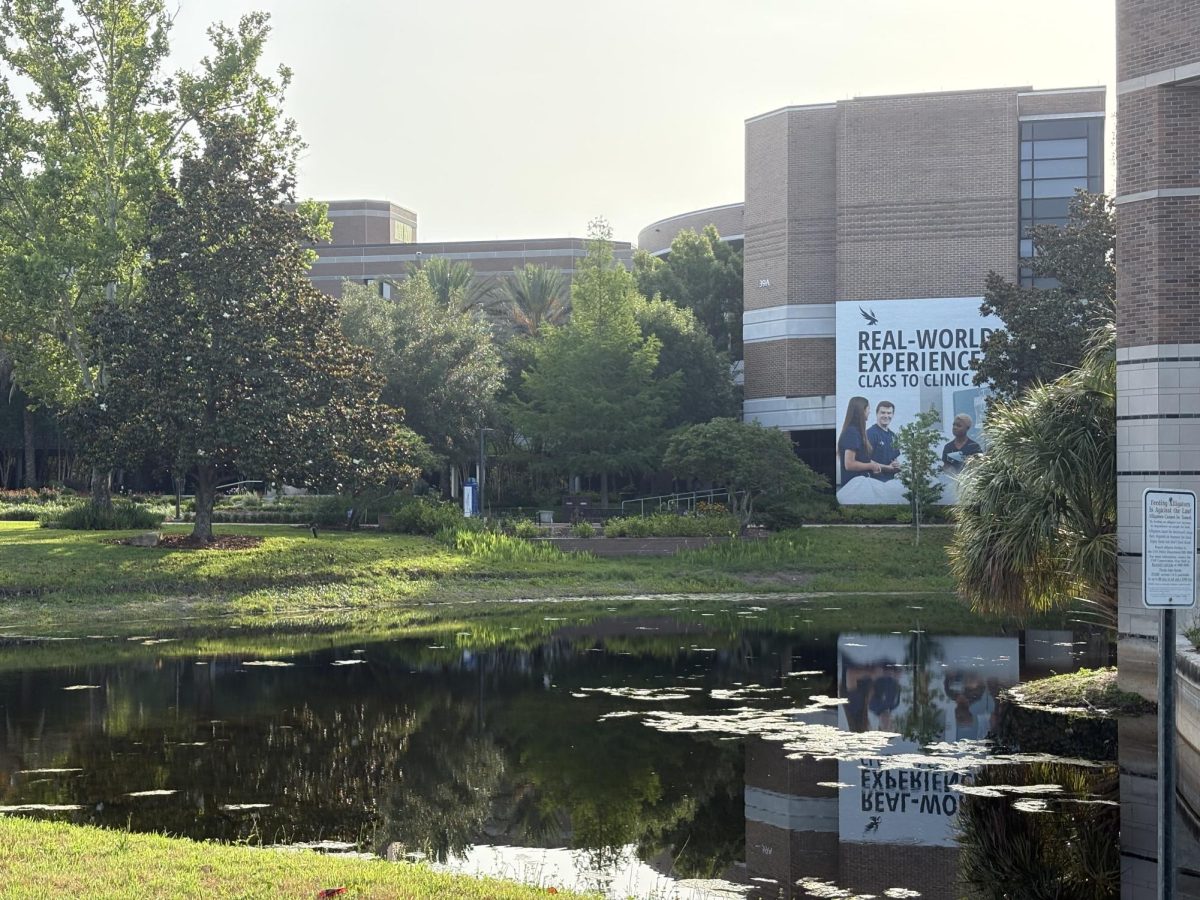[Eds Note: This article has been published in partnership with Spinnaker Radio to feature LGBTQ+ music artists and celebrate Pride Month.]
American singer-songwriter and actress Lady Gaga was born in Yonkers, New York on March 28, 1986. Named as Stefani Joanne Angelina Germanotta, her talent for music was revealed early in her life. At four years old, Gaga learned how to play the piano; however, she turned down her acceptance into the Julliard School at age 11. While she was a teenager, Gaga performed around New York City and attended an all-girls Catholic school.
Two years into her college career at New York University, Gaga left school to pursue music on her own.
“Once you learn how to think about art, you can teach yourself,” Gaga said in an interview with New York Magazine.
Interscope Records hired Gaga in 2007 as a songwriter for the Pussycat Dolls, Britney Spears, and other artists on the label. While working as a songwriter, Gaga was performing her own show Lady Gaga and the Starlight Revue in New York. At one of her performances, Gaga impressed Akon, an R&B singer in the audience, and he signed her to his record label Kon Live in 2008.
In 2008, Gaga acquired much success with her debut single Just Dance and second single Poker Face. Both singles earned number one spots on the Billboard Hot 100. Gaga then released her debut album The Fame in August of that year. At the 52nd Annual Grammy Awards, Gaga won “Best Dance Recording” for Poker Face and “Best Dance/Electronic Album” for The Fame.
As of now, Gaga has 13 Grammy Awards.
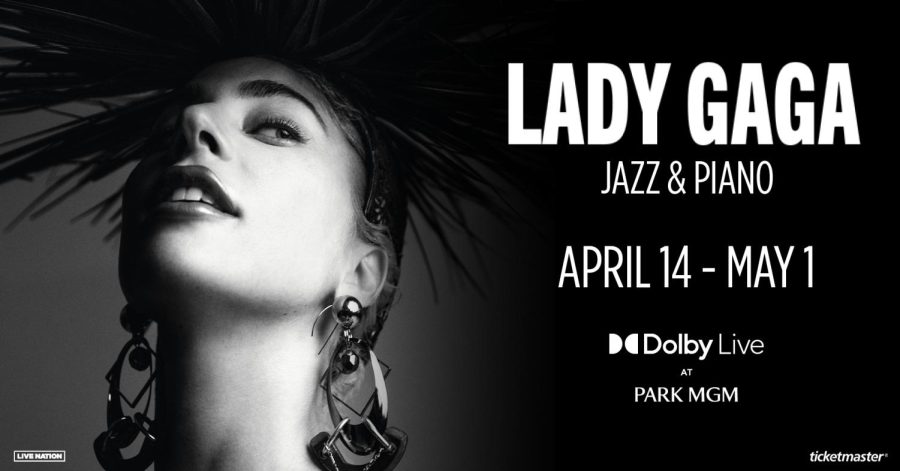
Starring in the movies House of Gucci, Machete Kills, and A Star is Born, Gaga has a substantial acting career. Her performance in A Star is Born lead Gaga to win five big awards in 2019. Gaga won the Golden Globe for “Best Original Song” for Shallow, from the movie’s soundtrack, and a Critic’s Choice award in January of that year. In February 2019, Gaga won the Grammy for “Best Pop Duo/Group Performances,” British Academy of Film and Television Arts Award (BAFTA) for “Best Film Music,” and the Oscar for “Best Original Song.”
In an interview with Barbra Walters, Gaga spoke about her sexuality in 2009.
“I do like women… That’s really what the song [Poker Face] was all about. Why, when I was with my boyfriend, was I fantasizing about women?” Gaga said in the interview.
When speaking with fans in Germany, Gaga settled rumors about her identifying as bisexual solely for attention.
“It’s not a lie that I am bisexual and I like women…This is who I am and who I have always been,” Gaga said to her fans in Germany.
In 2020, Gaga released Rain on Me, a pop/dance collaboration with Ariana Grande. The single now has over 800 million steams on Spotify.
Gaga vocally introduces the first verse as the electronic instrumental section steadily increases intensity. A synth, sounding like the perfect mix of a guitar and piano, progresses through the pop chords. Underneath, ambient effects build upon each other creating a magical, euphoric feeling.
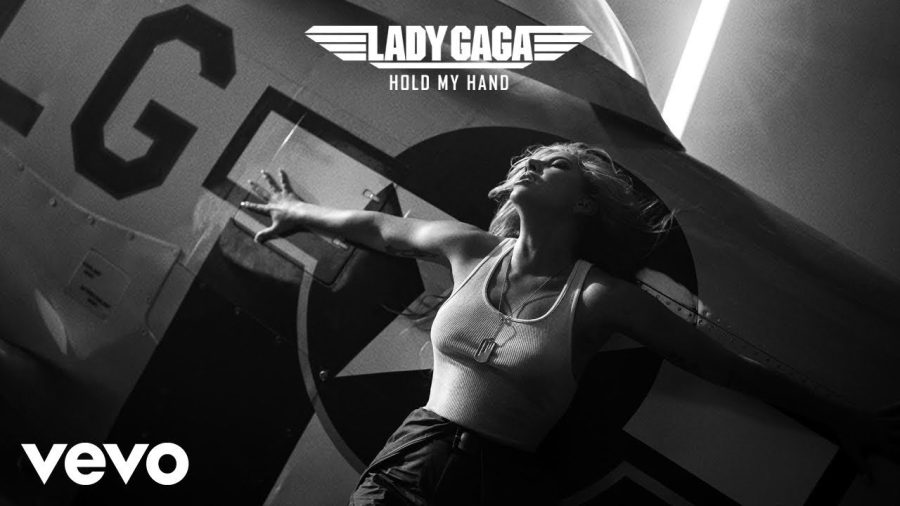
Raising the chords up an octave, the synth elicits anticipation for the hook to unveil. Percussion is first presented with reverberant claps on the beats a snare would hit. Gaga’s vocal line echoes as the ambiance continues.
Bass synth takes the responsibility of the chord progression as the percussive claps suddenly become crisp. Gaga smoothly transitions back and forth from her falsetto to her chest voice. Entering the mix is a snare drum roll, a prophecy of the beat drop.
A full drum set settles into the groove of the post-chorus beat. The profuse, melodious sound effects leave no room for drear.
Grande reveals her verse with lilting vocal riffs. Electronic instruments act as ingredients in a recipe for disco/dance vitality under Grande’s tranquilizing voice. Echo processing continues in the vocals.
Gaga and Grande exchange vocal lines in the first half of the pre-chorus. In the latter, Gaga, again, sings from her falsetto to her chest voice while Grande tributes a lower harmony. The roll of the snare leads up to the drop of the electronica sequence.
Elegant riffs by Grande lilt in the post-chorus until the bridge subdues the beat, yet sustains vivacity. The vocal melody, simply, arpeggiates within the key.
Both singers relinquish various vocal ad libs throughout the ending stanza while looped vocal tracks support with the foundational melody.
__
For more information or news tips, or if you see an error in this story or have any compliments or concerns, contact editor@unfspinnaker.com.




